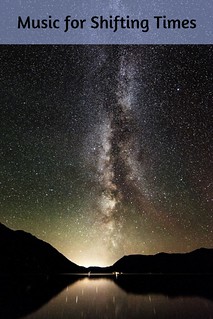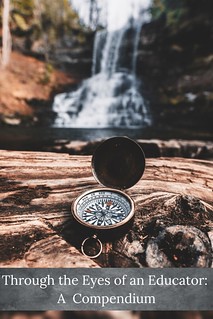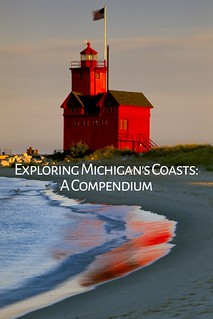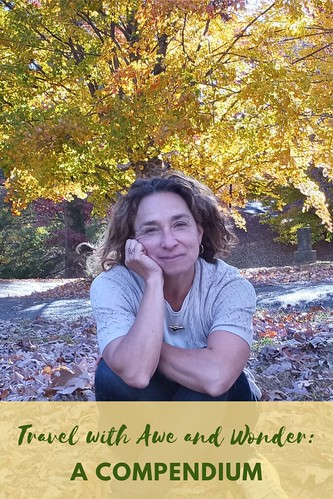Hidden Treasures: Kind Strangers who Make our Maps
In the recent issue of Afar magazine, there is an essay titled “The Kindness of Strangers,” written by former Outside editor Tim Cahill. The following line from that essay is not particularly dramatic. It’s actually simple. But it nails a traveling truth right on the head, and so I’m repeating it here: “I remember those people. They figure prominently in the stories that define my life.”
Cahill was talking about local people who have extended him a helping hand as he traveled far from home. Generally speaking, he observes, a small act of kindness will not be remembered by the one who gave it, but to the recipient the act will be well remembered—so much so that in the years ahead the person may even pass on the story to his or her children and grandchildren.
Looking back on my own travels, the road is scattered with people who saw me hungry or sad, hurt or lost, who saw me from a distance and walked over to ask, in words, with gestures, or with nothing but sincere eyes, “Can I please help you?” And so when today I walk up to a map and see, let’s say, “Istanbul”, I may remember the man there who drugged and robbed me, but I’ll also remember the people who cared for me after that bad event, and the stranger who pressed a small gift into my hand when she learned it was my last night in Asia. “To remember this night and your year in Asia,” she said as she folded my fingers over the gift (it was an Istanbul-themed refrigerator magnet).
There was the Turkish college student too, also in Istanbul, who observed me from across a McDonald’s as I considered the dollar menu. I had just eaten one cheap burger and yearned for another, but after gazing a solid three minutes at the prices I turned and walked out into the cold night, hungry but utterly constrained by a lack of funds (to save money, I would also be sleeping outdoors this night).
I hadn’t been out of the restaurant for more than a few seconds when a voice in accented English came from behind: “Wait!” I turned around and saw this student. “Are you hungry?” he asked. “I saw you looking at the menu. Come back inside. I want to buy your food.” I insisted that he was too kind. “One day,” he told me, “I hope to travel abroad and maybe I’ll also be hungry. I hope someone would help me as I now want to help you; please, come back inside.” That night, thanks to one who was both observant of his surroundings and generous, I went to bed without hunger.

This is a security guard at Karnak Temple in Luxor, Egypt. I had settled amid some broken chunks of ancient Egypt to read a chapter of a Dostoevsky novel when he came over to ask what I was reading. He also asked if I'd like to share his tea.
Maps, we all know, are filled with the names of towns and cities. But in my mind there is a second map. It covers every place I’ve been, and it is big. Absent are borders and place names, for they have been replaced by people—thousands of them now—who have given the world a shape and texture no cartographer could reproduce. The map is marked by their names -- or, when I can’t remember their names, their faces, their voices, their acts of generosity.
To them, and to each of you reading who also try to help the stranger, I say thanks.
Joel Carillet, chief editor of Wandering Educators, is a freelance writer and photographer based in Tennessee. He is the author of 30 Reasons to Travel: Photographs and Reflections from Southeast Asia. To learn more about him, follow his weekly photoblog, or purchase prints, visit www.joelcarillet.com.
-

- Log in to post comments





















Dr. Jessie Voigts
joel - this is my favorite of all your articles. i LOVE it - and yes, we remember people more than places, don't we? thank you for sharing this.
Jessie Voigts, PhD
Publisher, wanderingeducators.com